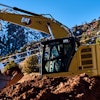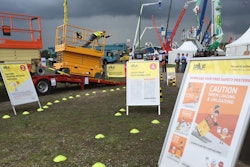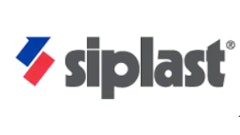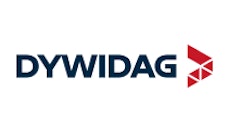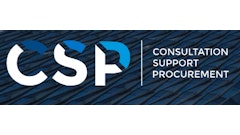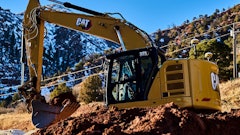Anyone planning a major acquisition must take care to evaluate its place in their operation. While this is a given, the advances in both equipment and technology are making such evaluations increasingly difficult. Calculating the potential return on today’s hard iron and high tech is complex given the potential risks and rewards at play.
To start, given the numerous options available, where do you even begin to determine if a piece of equipment or type of technology is the right use of company funds? This in itself calls for careful investigation of the “problem” you’re trying to solve, and identifying and comparing the varied solutions. In some cases, it’s not the obvious choice that makes the most sense.
For example, say you’re looking to replace a small dozer for finish grading on tight urban jobsites. Is another dozer really the most cost-effective choice, or could a large compact track loader (CTL) — capable of using not only a grading blade but a vast array of attachments — offer faster ROI due to its added versatility? If the CTL appears to make sense, will you also need to acquire the grading blade and a grade control system to ensure the precise finish required? If so, now how does that influence ROI for that machine?
Whether it’s a piece of equipment or a piece of software, there are some key questions to ask before making any new business investment. Here are a few to ponder:
- Are you missing out on opportunities without it? If you invest in that equipment or technology, will it enable you to take on additional types of jobs, or give you a competitive advantage that helps you secure more projects?
- Will it help you cut costs and put more to the bottom line? Could the investment help you cut time, labor, errors, rework or other costs that are currently eating into your profits?
- Will it help you boost productivity? How could it help to enhance the productivity of your equipment and/or staff in the field or in the office? Is it compatible and/or will it complement the tools already in use?
- Can you give it a test run first? What are the prospects for an extended demo (or perhaps a field follow program) to ensure the investment will actually work for your operation? Could a long-term rental (perhaps with rent-to-purchase option) be an affordable solution to get the answers you need?
Ultimately, the larger questions you need to ask yourself relate to your overall objectives for the investment:
- Will it serve as a replacement for old or outdated equipment or systems, or are you trying to branch out? If trying to branch out, will this particular investment position you to do so in the most timely and cost-effective manner?
- What is your timeline for the acquisition and its implementation? Will this unit or system be available or implemented within that timeline? And what is the time frame in which you need to recover your costs?
Investing in any addition to your fleet or business comes with a lot to consider. Yet, there are numerous opportunities in today’s construction environment that can make the time and thought required worthwhile. Work with your equipment and technology suppliers to identify the best options, get input from industry colleagues using similar equipment or systems and do the due diligence to ensure you make investments that can maximize ROI and position your company for long-term growth.



